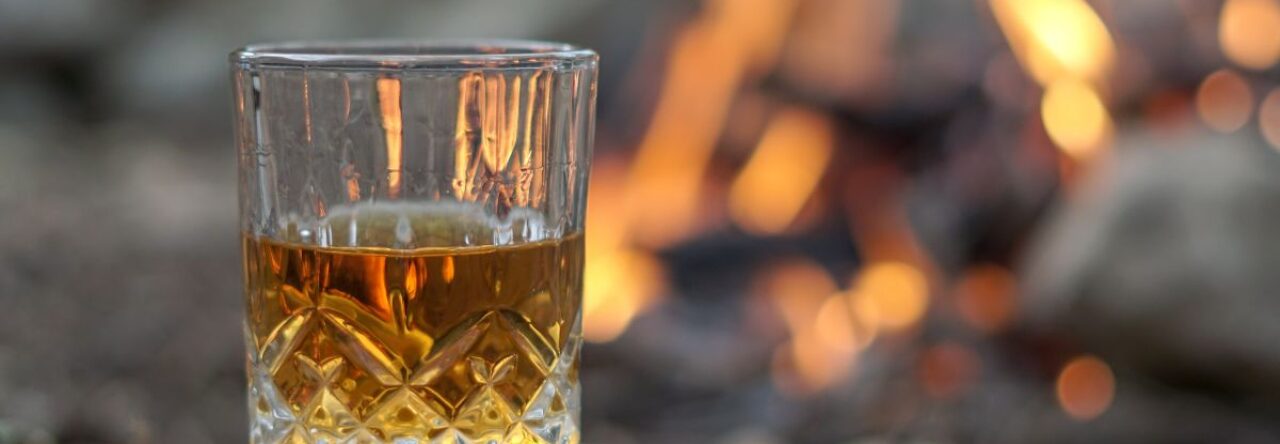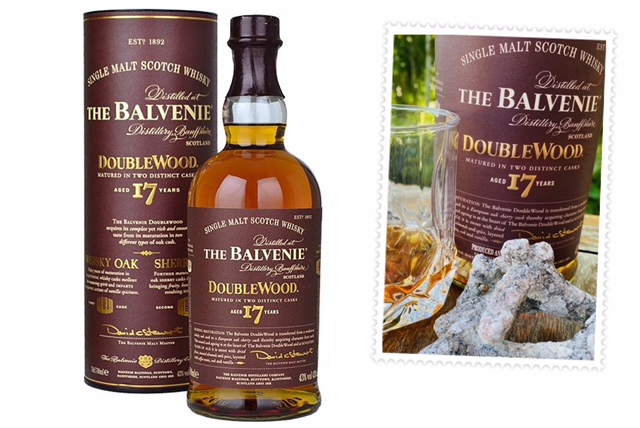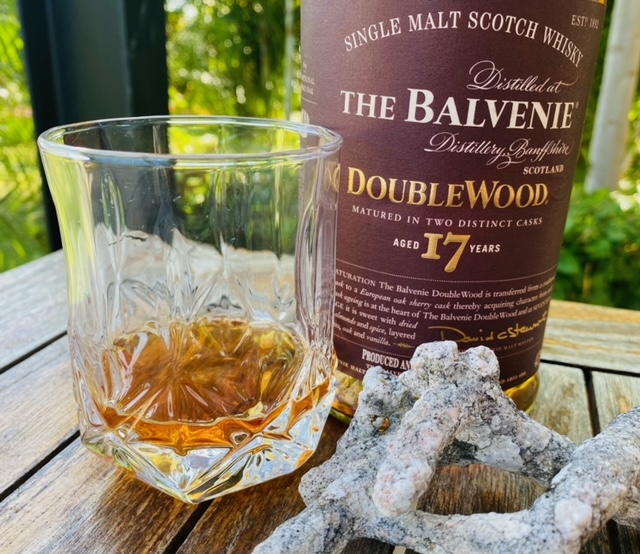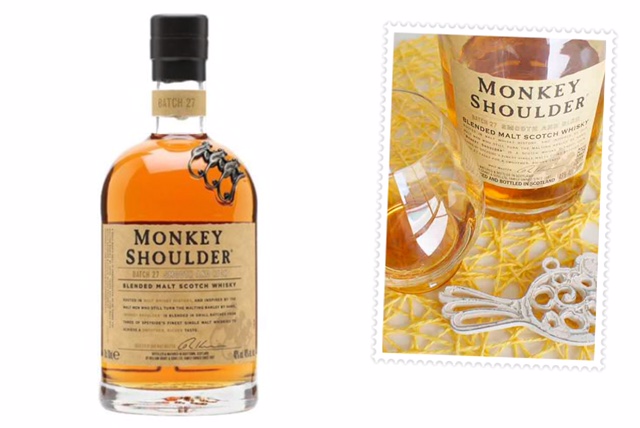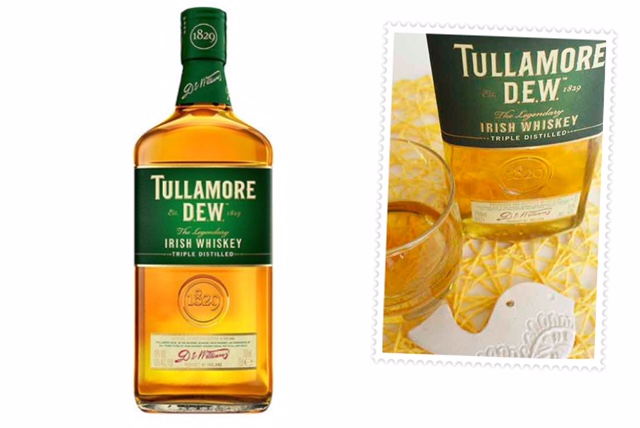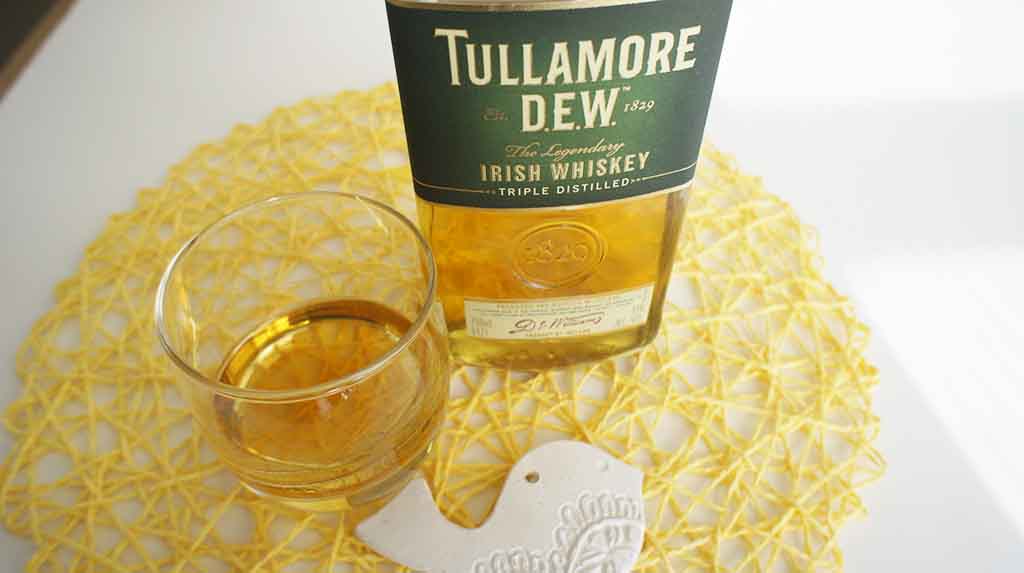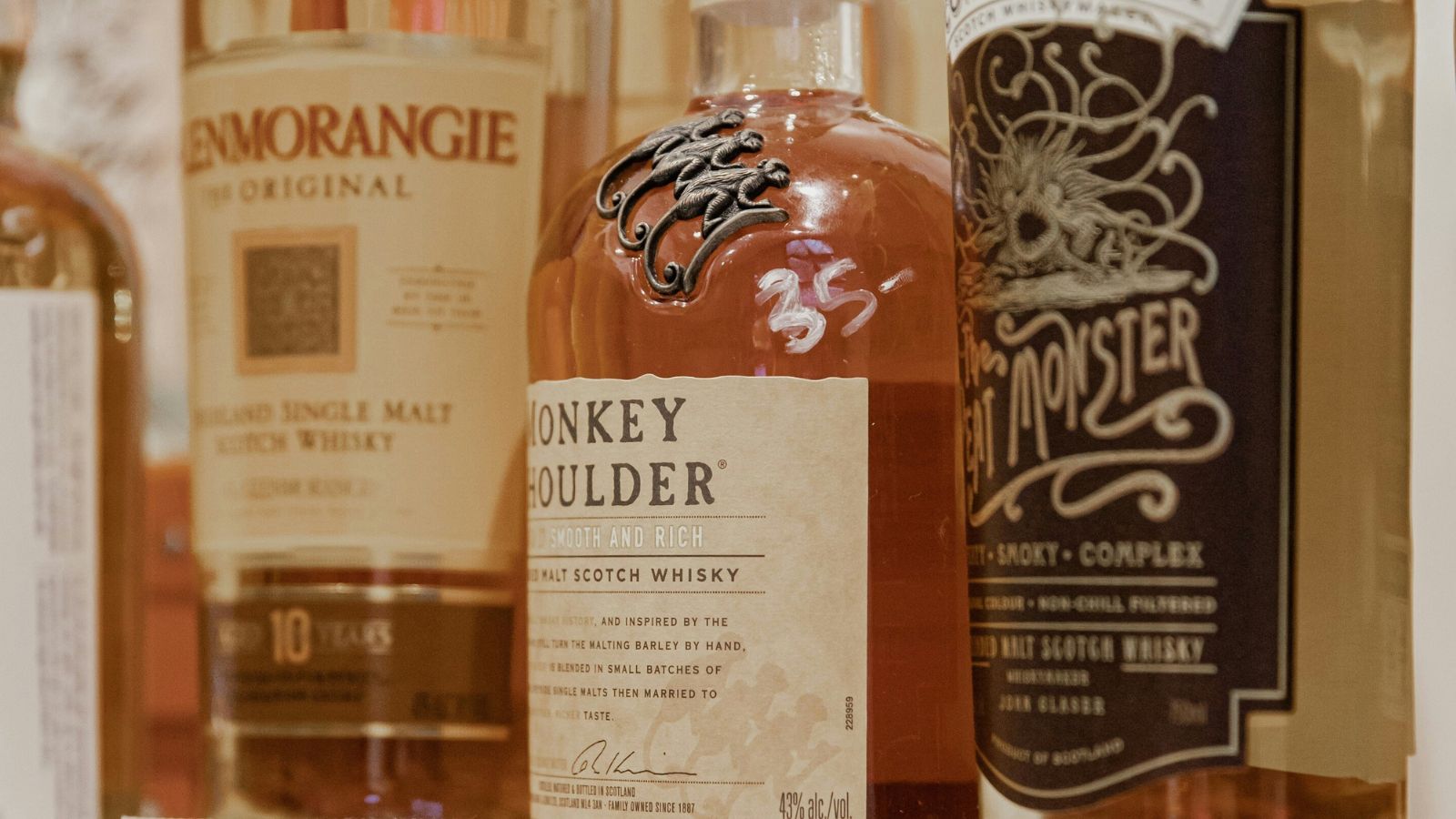
Peated whisky is a divisive topic—some adore it, while others find it overwhelming. When I started drinking whisky, I could not appreciate the heavily peated drams. But as I explored more, I began to appreciate the earthy, smoky complexity they offer.
Tag: William Grant and Sons Page 1 of 8
William Grant & Sons Ltd is an independent, family-owned Scottish company that distills Scotch whisky and other spirits. It was established in 1887 by William Grant, and is run by Grant’s descendants as of 2018. It is the largest of the handful of Scotch whisky distillers remaining in family ownership. The William Grant brands include: Glenfiddich, Balvenie, Kininvie, Grant’s, Monkey Shoulder, Aerstone, Clan MacGregor, Tullamore D.E.W.
Hendrick’s Gin
Reyka Vodka
Sailor Jerry Rum
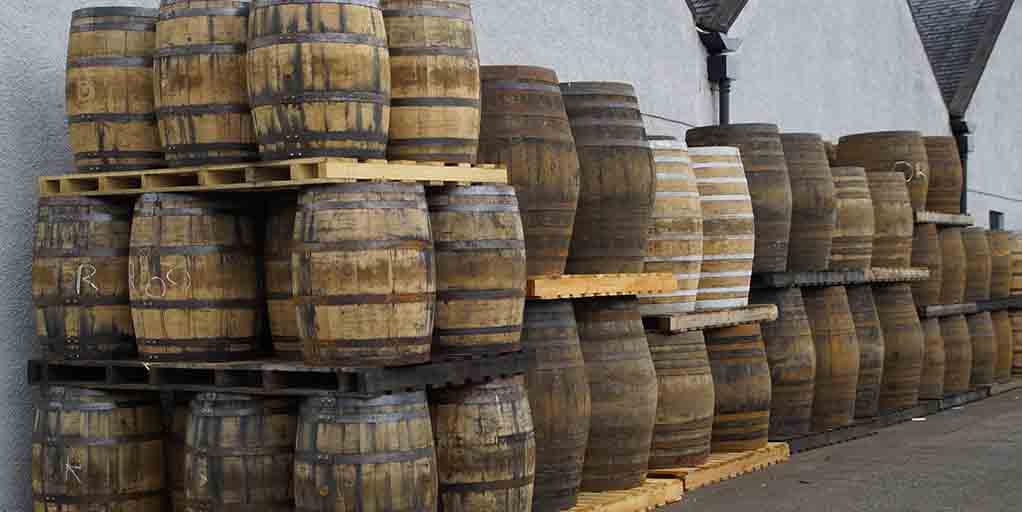
Welcome back to another exciting instalment in my whisky comparison series. Last time, we delved into the world of Double Oaked bourbons, and this week, we’re diving into the heart of Speyside with two iconic 12 yo single malt whiskies.
It’s a showdown between two heavyweights of the whisky world – Glenfiddich and Glenlivet. So, let’s explore the Glenfiddich 12 vs Glenlivet 12 yo single malt Scotch whiskies and see how they stack up.
Nestled within the enchanting Speyside region, mere kilometres apart, these two releases are classics. I’ve enjoyed both of these gems over the years, and I can attest to their enduring appeal.
But have you ever wondered how they fare when pitted against each other? Well, today, we’re about to find out.
Glenfiddich 12 year old Whisky
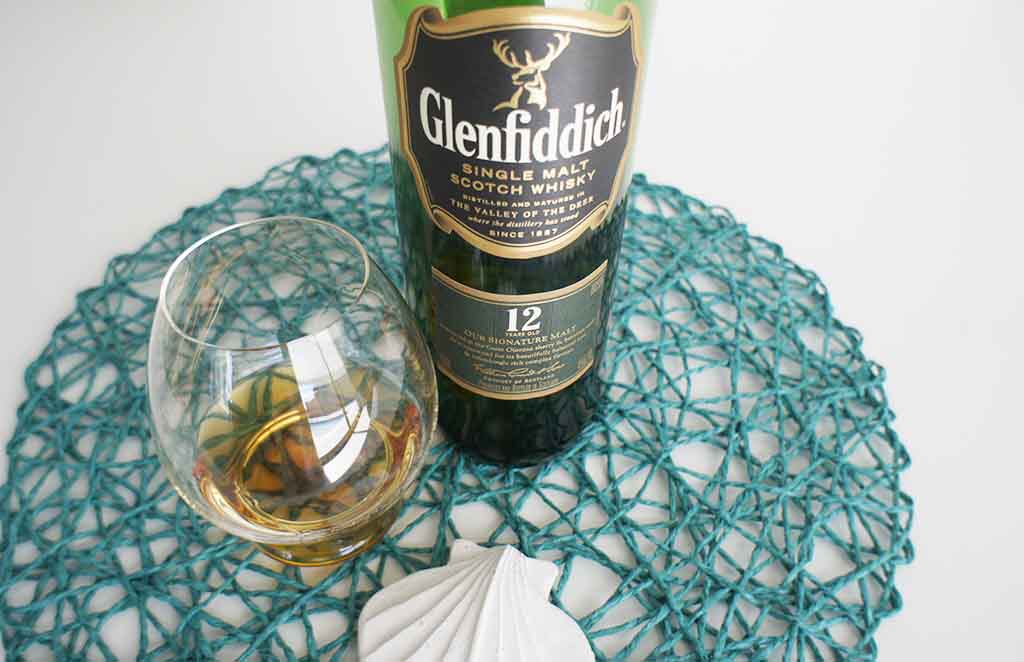
First in the ring is Glenfiddich 12 year old single malt whisky an integral part of the renowned Glenfiddich core range. Known for its distinctive triangular-shaped bottles, Glenfiddich has earned its stripes as one of the world’s best-selling single malt brands.
The 12 year old expression is the youngest member of their permanent lineup. The Glenfiddich journey began in 1886 when William Grant founded the distillery, and remarkably, it remains in the Grant family’s hands.
Glenfiddich 12 undergoes maturation in a blend of Oloroso sherry and bourbon whisky casks. It’s the ideal companion for those embarking on their whisky exploration journey.
Glenlivet 12 year old Whisky

Let’s shift our attention to Glenlivet 12 year old single malt Scotch, a whisky with a special place in my heart. It was the first single malt I had ever tasted, and its smooth, complex flavours left an indelible impression. Although it was briefly discontinued and replaced by the Founder’s Reserve, whisky enthusiasts can sigh relief as it has returned triumphantly to the scene.
The Glenlivet distillery in Moray, Scotland, draws its pure waters from Josie’s Well and nearby springs. Owned by Chivas Brothers, a subsidiary of Pernod Ricard, this distillery has a rich history that adds to the allure of Glenlivet 12 year old.
Glenlivet 12 year old, much like its competitor, matures gracefully in a blend of American and traditional oak casks.
Also Read: Johnnie Walker Blue Label vs XR whisky
Glenfiddich 12 vs Glenlivet 12 year old Whisky
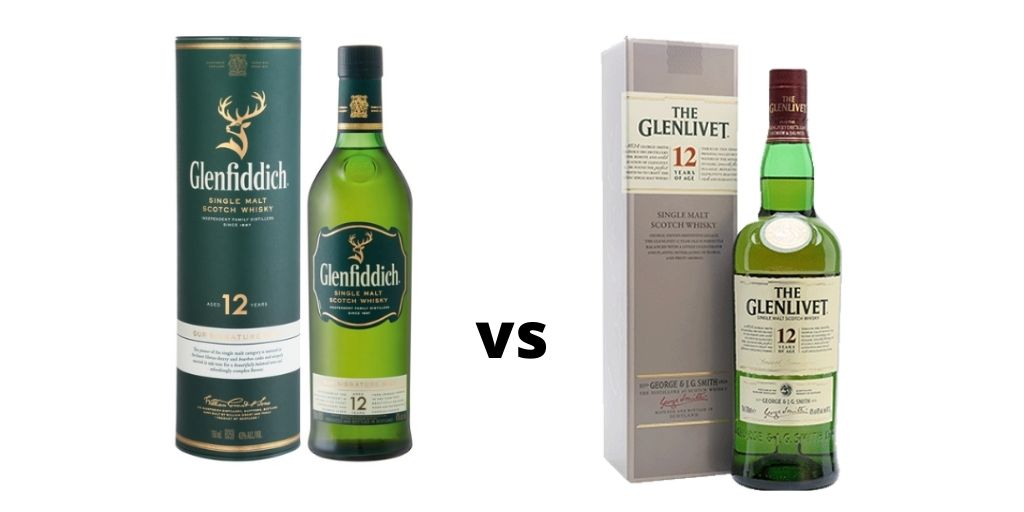
| Glenfiddich 12 yo | Glenlivet 12 yo |
|
|---|---|---|
| Price | $55 | $54 |
| Region | Speyside Whisky | Speyside Whisky |
| ABV | 43% | 43% |
| Colour | Bright amber | Golden wheat |
| Nose | Fresh fruit, oak & honey. The addition of water releases more florals and faint spice in the nose | Sweet with tropical fruits, vanilla and cereals. There are hints of spice and grassy notes floating in the background |
| Palate | It is wonderfully rounded with woody notes, toffee and dried fruit coming through. A subtle hint of pear with a nutty creaminess. | Fruits, cinnamon and nutmeg that mix with the oak and barley notes. Apple, honey and summer fruit appear. Rich and delicious |
| Finish | Medium length. Notes of oak and spice. There is a lovely oily mouth feel at the end | Medium length and end in lots of fresh fruit, nuts and hints of lemon |
| My Rating | Excellent | Excellent |
| Comments | Not too complex, but balanced and smooth. Easy drinking | Certainly a perfectly fruity dram |
| You will like it if you are looking for… | A light fruity dram. Perfect for a first time single malt drinker | A bit more complexity but still light and fruity. Makes for a great gift |
| Pairs well with | Pear and ginger crumble or Japanese food | Goats cheese flavoured with Italian herbs, salmon sashimi and delicate seafood such as seared scallops or prawns |
True to its Glenfiddich heritage, the 12 year old release boasts succulent pears intertwined with tantalizing vanilla spices and a nutty creaminess, creating a delightful palate. The Glenfiddich 12 year old whisky is versatile, perfect for crafting cocktails, sipping leisurely, or simply relishing life’s moments. It’s a crowd-pleaser through and through.
I have a soft spot for Glenlivet 12 year old single malt Scotch whisky. Holding that bottle in my hands floods me with nostalgic memories. Tropical fruit with cinnamon and honey balances perfectly with hints of lemon and grassy notes. Light and fruity with hints of black pepper.
Both of these whiskies are excellent. They offer consistent quality, making them easily approachable for whisky enthusiasts of all levels. And the best part? You can enjoy either of these drams for under R500.
Both of these whiskies are great choices. You can’t go wrong with either Glenfiddich 12 or Glenlivet 12 in your glass. They are two beacons of Speyside excellence, and whichever you choose, you’re in for a memorable whisky experience.
Also Read: Teeling Single Malt vs Single Grain Irish Whiskey
